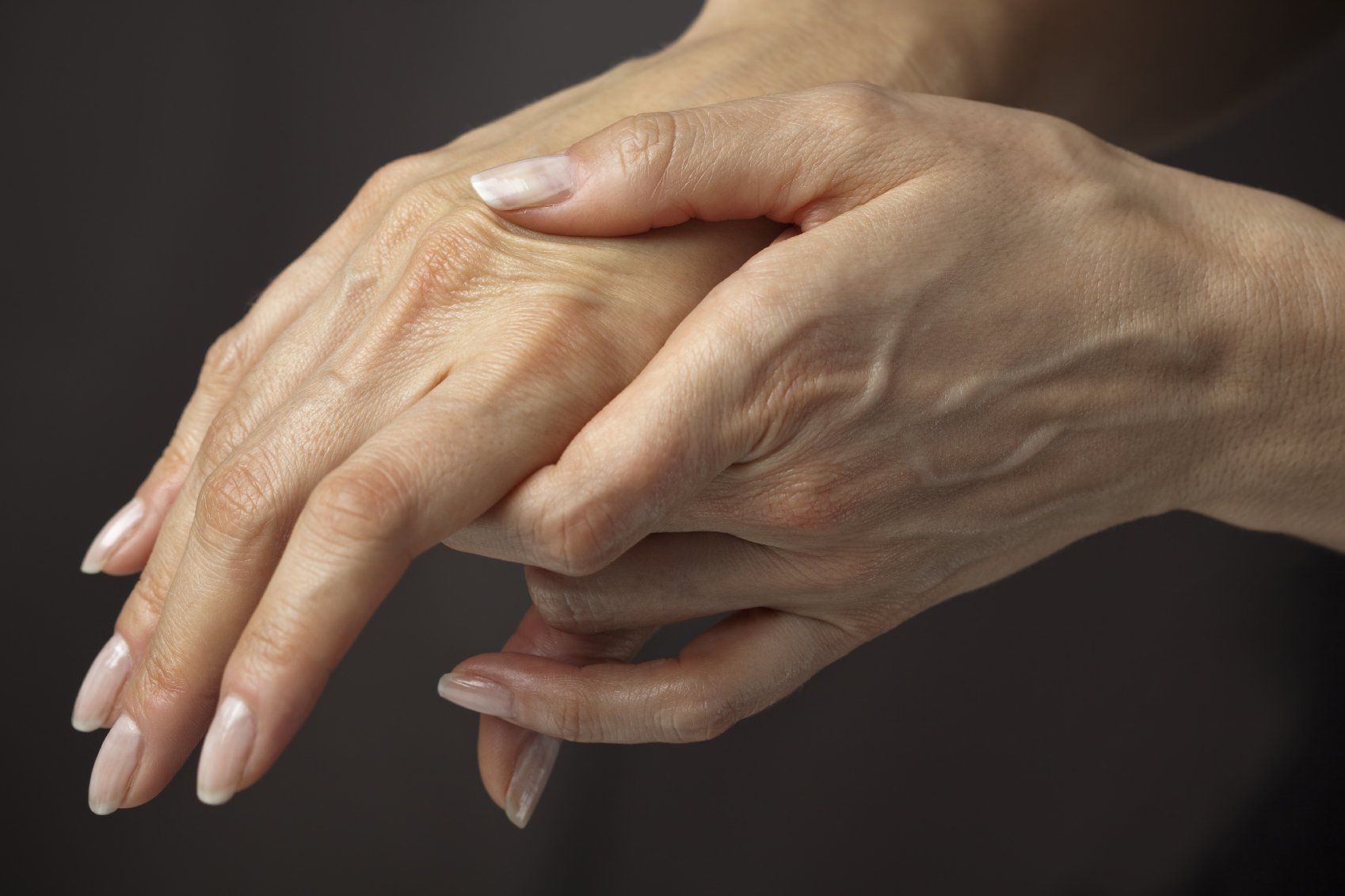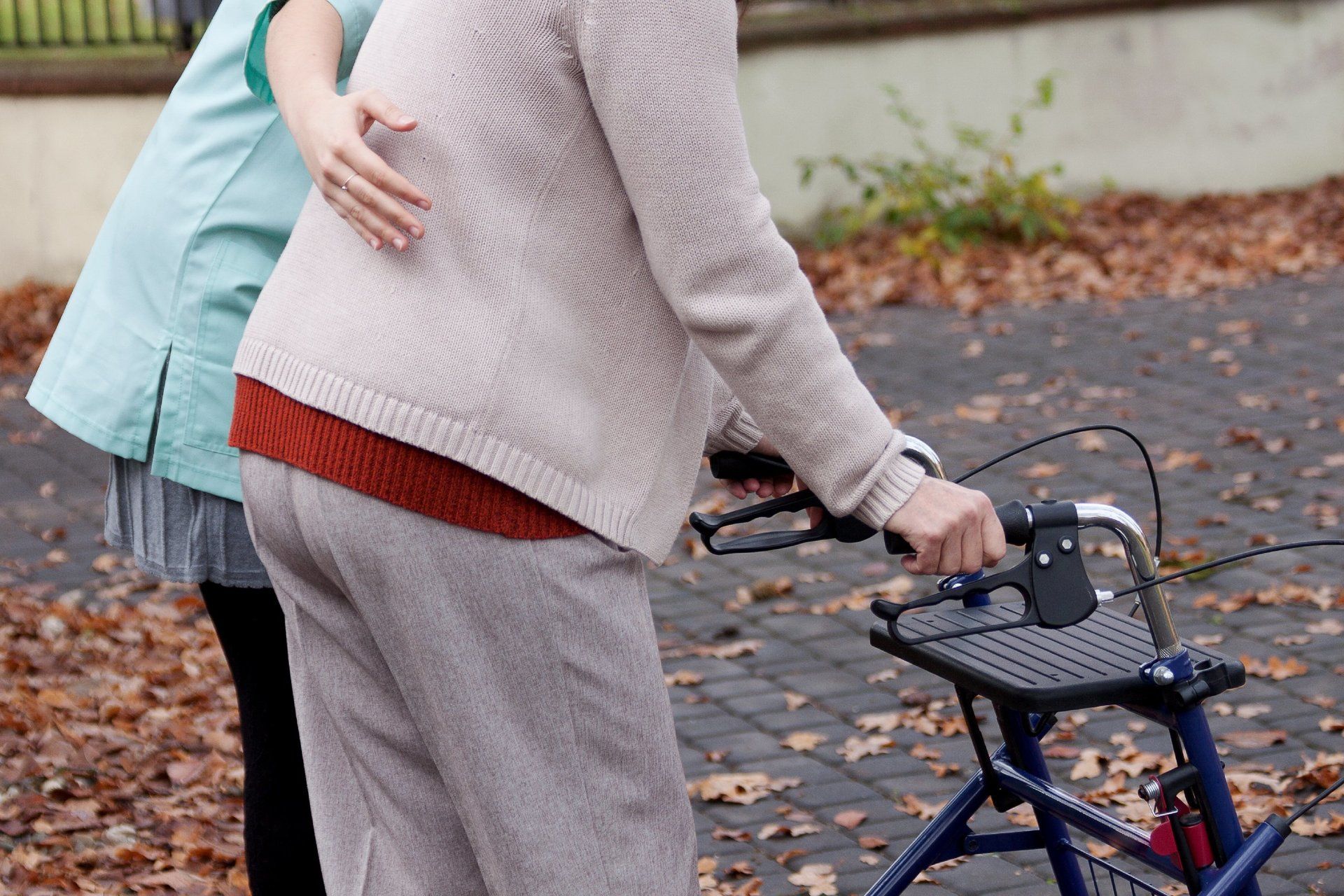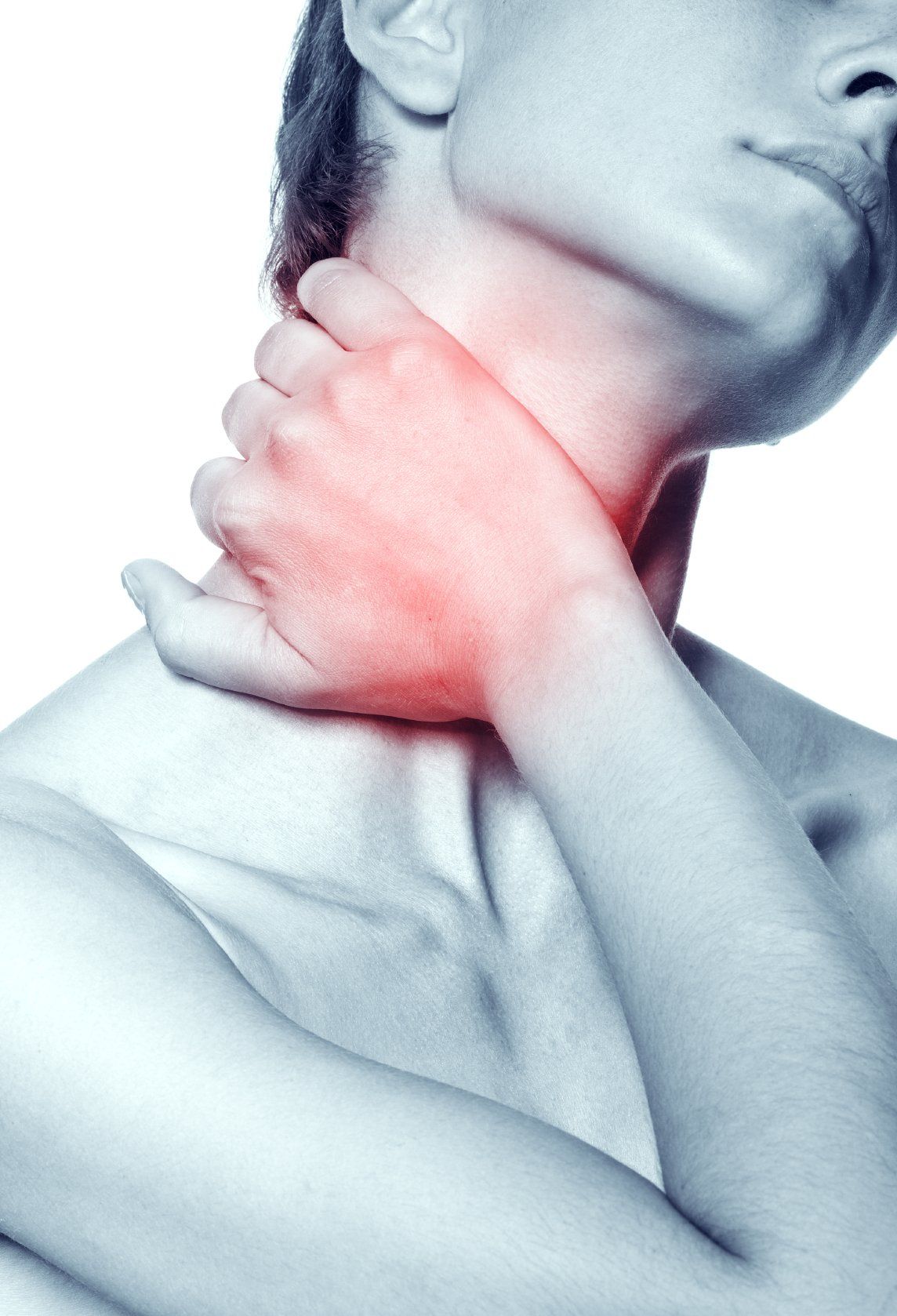What is Arthritis?
Dr. J | a board certified Internist and Nephrologist practicing in the DC/Metropolitan area with over 30 years of clinical experience
The dreaded term - Arthritis - like many medical terms it comes from latin origin characterizing inflammation of a joint or joints. The inflammation typically manifests as joint pain and/or stiffness and can lead to swelling/warmth/decreased range of motion. Let's take an initial dive into the concept!
Arthritis itself is not a diagnostic entity. There are a multitude of categories that fall under the umbrella that is arthritis. The types of arthritis include:
- Osteoarthritis (most common by far)
- Rheumatoid Arthritis
- Gout / Pseudo-gout
- Fibromyalgia related Arthropathy
- Autoimmune Arthropathy (usually secondary from immune mediated disease such as Lupus/Sjogren’s disease /Psoriasis)
- Septic Arthritis
- Many more rarer entities (over 100 disease entities have potential association with arthropathy)
The United States Centers for Disease Control and Prevention noted 2015 census data showing an estimated 54.4 million US adults (22.7%) annually had been told by a doctor that they had some form of osteoarthritis, rheumatoid arthritis, gout, lupus, or fibromyalgia. By 2040, an estimated 78 million (26%) US adults aged 18 years or older are projected to have doctor-diagnosed arthritis.
The above graph indicated the rising public health demand caused by arthritis in general. Further 2015 census data breakdowns noted age being a corollary with risk:
- 7.1% Aged 18 to 44 years reported doctor-diagnosed arthritis.
- 29.3% Aged 45 to 64 years reported doctor-diagnosed arthritis
- 49.6% Aged 65 years or older reported doctor-diagnosed arthritis
To add fuel to the fire – the above CDC data is likely a marked under representation of total arthritis/joint burden. Many individuals have low back pain or hip pain or knee pain or hand pains without seeking medical professional care or carrying a formal diagnosis.
For example - data from the Cleveland Clinic show 85-90% of United States residents experience joint pain at some time during their lives. Back pain is the second most common reason people visit their family doctors and often times is a result of chronic arthropathy of the spine. Cleveland Clinic data noted that on any given day - almost 2% of the entire US work force is disabled by back pain. It is also not entirely a problem of the elderly - In people under 40 years of age, back pain is the most common reason for the inability to perform daily tasks.
The chronicity of back pain is highlighted by the American Association of Family Physician who note most patients experience activity-limiting low back pain will go on to have recurrent episodes. Chronic continued low back pain affects up to 23% of the population worldwide, with an estimated 24% to 80% of patients having a recurrence at one year.
The American Chiropractic Association
data echoes the marked morbidity of joint disease noting that World Health data highlights back pain as the single leading cause of disability, preventing many people from engaging in work as well as other everyday activities. One-half of all working Americans admit to having back pain symptoms each year. Back pain accounts for more than 264 million lost work days in one year—that’s two work days for every full-time worker in the country. Experts estimate that up to 80% of the population will experience back/joint pain at some time in their lives.
This is alarming data coupled with the fact that arthritis itself is not simply an isolated pain issue - but can lead to worsening overall mobility/functional status which affects overall health outcomes. A multitude of medical studies and data across countries/cultures/age groups/specialties have correlated activity with overall population health outcome data. The American Heart Association
indicates that increasing physical activity and becoming more active can help lower your blood pressure and also boost your levels of good cholesterol. Without regular physical activity, the body slowly loses its strength, stamina and ability to function well. People who are physically active live about 7 years longer than those who are not active and are obese (American Heart Association). Studies have shown that adults who are inactive/minimally active more than 4 hours a day had a 46% increased risk of death from any cause and an 80% increased risk of death from cardiovascular disease!
So what data shows and we all kind of already realize through common sense – we have to stay active despite what our body is signaling us. This blog will provide some personal insight on this growingly cumbersome problem and give some useful information to help mitigate the morbidity of arthritis/joint disease and give ourselves the best chance of healthy, meaningful living! Thanks for taking time out to join me on this journey!

We all know the importance of staying active and exercising. It is advice we have heard many times as we navigate the twists and turns known as life. Often it is easier said than done especially for those with arthropathy and joint pains. However, we must fight the battle and remain as mobile and dynamic as possible. Because data shows that our quality of life, overall health, and even life expectancy itself are greatly impacted by our patterns of activity.

Osteoarthritis is commonly referred to as the “wear and tear” degenerative joint disease. It typically results from the gradual loss of cartilage - the tough connective tissue that is within/between joints. In a way too simple analogy of this complex mechanism - this cartilage serves as essentially a shock absorber preventing direct shear force or “bone on bone” pressure. Once the shock absorber is weakened/gone – trauma will slowly lead to inflammation and erosion of the joint (PAIN!). This leads to a pretty straightforward question - is there a way to repair or at the least slow down the decline of cartilage? Enter Glucosamine - which is an amino sugar and precursor in the synthesis of glycosylated lipids and proteins. It is a natural compound that exists in our cartilage.

Osteoarthritis is one of the most common medical conditions in the world and is commonly referred to as “wear and tear” degenerative joint disease. It typically results from the gradual loss of cartilage within/between joints. This cartilage serves as a type of shock absorber preventing direct shear force and “bone on bone” pressure. Once the shock-absorber is gone it will slowly lead to inflammation and erosion of the joint. US Centers for Disease Control data estimate approx 60 million people with doctor diagnosed arthritis – and remember many people live with joint aches/pain without seeing a physician or getting a formal diagnosis of OA. Sadly the symptoms of OA simply do not stop at the joint. The Arthritis Foundation notes that individuals with OA are almost three times more likely to develop cardiovascular disease (CVD) or heart failure than those without OA. Also, people with osteoarthritis experience as much as 30 percent more falls and have a 20 percent greater risk of fracture than those without OA. These links are especially strong when arthritis is in certain weight bearing/balance joints, such as the knee/back/hip. It makes sense – pain/weakness especially in our stabilizing joints such as knees/hips/spine will limit mobility and lead to risk factors such as weight gain, cardiovascular disease, diabetes coupled with stability issues. These patients would have difficulty following American Heart Association recommendation s that recommend increased physical activity and note that becoming more active can help lower blood pressure and also boost levels of good cholesterol. Without regular physical activity, the body slowly loses its strength, stamina and ability to function well - People who are physically active live about 7 years longer than those who are not active and are obese (American Heart Association). Studies have shown that adults who are inactive/minimally active more than 4 hours a day had a 46% increased risk of death from any cause and an 80% increased risk of death from cardiovascular disease! So now let us focus on some of the clinical presentations of Osteoarthritis (OA). In general there is a marked variability of disease expression. Although most patients present with joint pain and functional limitations, the age of disease onset, sequence of joint involvement, and disease progression vary from person to person. OA ranges from an asymptomatic, incidental finding on clinical or radiologic examination to a progressive disabling disorder eventually culminating in "joint failure" with impaired mobility and quality of life. The primary symptoms of osteoarthritis (OA) are joint pain, stiffness, and motor restriction. Symptoms usually present in just one or a few joints in a middle-aged or older person. Other manifestations in patients with OA include sequelae such as muscle weakness, poor balance, and associated conditions such as fibromyalgia (a disorder characterized by widespread musculoskeletal pain accompanied by fatigue, sleep, memory and mood issues).

Osteoarthritis is oftentimes characterized in simple terms - typically referred to as a “wear and tear” injury to a specific joint. This usually involves the weight bearing joints of the body such as the lower back (lumbar spine), the hips, or the knees but can also include common repetitive use joints such as the fingers/toes and also the ankle (especially if historical trauma/injury is noted). In actuality - osteoarthritis is a complex system with many mediators that can affect degradation of joints/cartilage. There are multiple mechanisms that can help trigger erosive joint disease - including several metabolic triggers. In this excellent review by Wang/Hunter et a l from Osteoarthritis and Cartilage - they have an interesting info graphic highlighting potential metabolic contributors to OA (shared below).

Falls are a major issue especially in our elderly population and falls are the leading cause of injury, both fatal and nonfatal, among older adults in the United States . I can not even count the number of lives that were significantly (and often times permanently) changed after a fall through my decades of practice as a Nephrologist and Internist.

Cultures around the world, originally in eastern philosophy, have utilized mind body movement exercises for generations for various potential mental and physical benefits. These practices have increased in popularity and scope and are now truly global disciplines such as yoga and tai chi . Yoga likely was founded in Indi a and entails discipline in physical, mental, and spiritual realms with originally strong followings in the hindu and buddhist doctrines. It has morphed from being tied to a single country and also bypassed religious connotations. The term "yoga" in the Western world often denotes a modern form of hatha yoga and posture-based physical fitness, stress-relief, and relaxation techniques sometimes accompanied with breathing exercises The focus of yoga in this modern sense is to blend posture based positions/poses to help facilitate exercise for the body and potentially mind. There are many different disciplines/variations of Yoga with significant fluctuations in their physical demands. Many researchers/physicians attempt to quantify the strenuousness of exercises by their energy cost of exercise commonly measured in metabolic equivalent of task (MET). Less than 3 METs counts as light exercise; 3 to 6 METs is moderate; 6 or over is vigorous. American College of Sports Medicine and American Heart Association guidelines count periods of at least 10 minutes of moderate MET level activity towards their recommended daily amounts of exercise. For healthy adults aged 18 to 65, the guidelines recommend moderate exercise for 30 minutes five days a week, or vigorous aerobic exercis e for 20 minutes three days a week. Treated as a form of exercise, a complete yoga session with asanas (body posture) and pranayama (focusing on breath) discipline provides 3.3 ± 1.6 METs which would be classified as an average/moderate workout in strenuousness. There have been several hundred published articles/scientific trials on Yoga and its potential health benefits. Let us focus on some of the data for arthropathy. In one randomized control trial by Deepeshwar et al - Sixty-six individual diagnosed with with knee osteoarthritis (ages between 30 and 75 yo) were randomized into two groups. One group would then participate in yoga for 1 week at a yoga center ( n = 31) and then a control ( n = 35) group who did not participate in any yoga activities. Multiple functional tests were performed on day 1 and then at day 7 - including the Falls Efficacy Scale (FES), Handgrip Strength test (left hand LHGS and right hand RHGS), Timed Up and Go Test (TUG), Sit-to-Stand (STS), and right & left extension and flexion. Results indicated a significant reduction in TUG ( p < 0.001), Right ( p < 0.001), and Left Flexion ( p < 0.001) whereas significant improvements in LHGS ( p < 0.01), and right extension ( p < 0.05) & left extension ( p < 0.001) from baseline was found in the yoga group. This would suggest improved muscular strength, flexibility, and functional mobility in the yoga group. This was a small study that also was completed over a short time frame (1 week) but did show marked functional improvements. Let us look at more data via a large review by Haaz et a l . Researchers combed through peer-reviewed clinical trials (published from 1980-2010) that used yoga as an intervention for arthritis patients and reported quantitative findings. Eleven studies were identified, including four randomized control trials and four non randomized trials. The trials reviewed data is below in the table.

Let us review an interesting study from the Harvard medical system published in the American Journal of Clinical Nutritio n and also Osteoarthritis and Cartilage Journal by Xu et all dealing with the potential impacts of dietary intake patterns and progression of Knee osteoarthritis. There is an age old saying - "You are what you eat" and there has been past data on certain foods/nutrients linked with outcome effects on knee arthritis such as (click the links below for reference articles): Soft drink consumption (potential increased risk of OA progression) Milk consumption (potential decreased risk of OA progression particularly in women) Dietary fat intake (potential increased risk of OA progression) Strawberrie s (potential decreased risk of OA progression particularly in obese adults) Fiber intake (potential decreased risk of OA progression) We also know of many herbs that have varying arthritis control data (some very convincing) and our own Organic Arthritis Herbal Supplement is composed of strong data driven herbs for arthropathy control. There have been past study links between a general Mediterranean diet having a relative lower risk of and improved overall symptom control of knee OA. This study focuses more on overall diet classes and effects on osteoarthritis. This study compares two diet classes based on the Scree test via individual diet questionnaires: Western Diet - composed of high intakes of red and/or processed meats, refined grains, and french fries Prudent Diet - composed of high intakes of vegetables, fruit, fish, whole grains, and legumes

Arthritis is one of the most common medical conditions diagnosed in the United States and world-wide. CDC US data notes there are approximately 60 million individuals battling arthropathy with that estimate rapidly growing to an estimated 78 million (26%) US adults aged 18 years or older projected to have doctor-diagnosed arthritis by 2040 .

Many of us have heard of the medical term INSOMNIA . It refers to a medical condition in which individuals have difficulty falling, staying, or getting back to sleep. There can be short term sleep issues lasting nights or weeks, termed acute insomnia , or long term sleep disturbances ranging months to years, termed chronic insomnia . This can lead to a multitude of general health ramifications. The first question - how much sleep is recommended daily? According to United States Centers for Disease control recommendations - adults should generally have 7 or more hours of sleep nightly to help ensure optimal functional status. This CDC table below helps show National Sleep Foundation and American Academy of Sleep Medicine recommendations:


